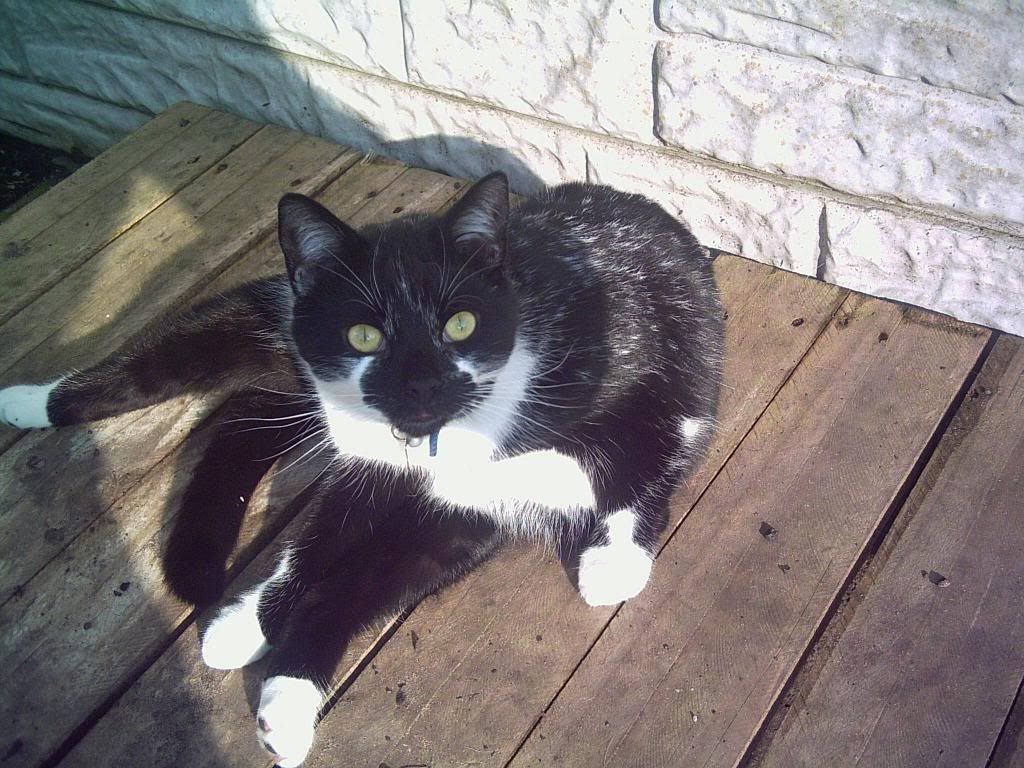Wednesday, 16 April 2014
Tuesday, 15 April 2014
Two Dogue de Bordeaux's looking for there forever homes.
You will remember the post we made the other day from Aggie's owner and how hard it is to have to give up your much loved pet. Well we are all devastated to say that poor Aggie's placement has failed due to absolutely no fault of her own.
Luckily for Aggie she is now enjoying a holiday with one of our committee members and her lovely family so she is quite content.
members and her lovely family so she is quite content."If Carlsberg made Dogue De Bordeaux then Aggie would be it !!!"

She is such a happy, laid back, friendly big lump of a girl that everyone that meets her knows how special she is. This is why we are seeking the very best of homes. She is good with dogs, cats, and children. She is great on the lead and off. Wonderful in the house and loves her cuddles. She does have skin allergies but these are under total control and very easily managed.

Please only apply if you have thought long and hard about having a DDB and have the time and means to look after one. Aggie will be such a great addition to any family and we welcome applications by email only please to info@sddbs.co.uk
Bo
Little update on the gorgeous Bo.
She's doing great in her foster home and really coming out of her shell. She's loving the company of the resident dogs as you can see!
She was very much a man's dog when she arrived but is now loving her foster mum too

To find out more or apply for Bo please email us on info@sddbs.co.uk


For more information please contact Scottish Dogue de Bordeaux Support facebook page.
or
Scottish Dogue de Bordeaux Support website.
This is the Blog Hop that features shelter animals. Find a cat, dog, rabbit, etc. at your local animal shelter or rescue and feature them on this Blog Hop! Come join the fun and help a furry friend find a forever home! And while you’re at it, don’t forget to visit the other blogs and share their doggies, cats, rabbits, and all the other animals that need forever homes on your social media sites. Please spread the word!
The Tuesday’s Tails blog hop is hosted by Dogs N Pawz and Talking Dogs. This is the blog hop that features shelter pets. Find a pet at your local animal shelter or rescue and join us!
Monday, 14 April 2014
Understanding the Feline Leukemia Virus (FeLV)
The playful Kitty have very kindly gave me permission to re-post this excellent and very informative post, to help raise Awareness.
We lost one of our cats Oscar to FeLV in 2011, it's an absolutely horrible disease even though we got him vaccinated against FeLV the vet said he had probably probably already had it when we rescued him, it was heartbreaking to see him go down hill so quick, in the end you could just see it in his eyes that he couldn't fight it any longer, and we had to make the decision to end his suffering.
Oscar.
What is FeLV?

Comparison of FeLV, FIV, and HIV respectively.
Image courtesy of www.researchufl.edu
Image courtesy of www.researchufl.edu
Types of FeLV:
- FeLV-A
This type causes immune deficiency in the cat – a problem caused by all 3 types. Cats with FeLV may develop serious or even fatal illnesses caused by viruses, bacteria, or other infectious materials that could be easily fought off by a health cat. - FeLV-B
This type of FeLV is the most common cause of cancer in cats. They could develop tumors and other abnormal growths. About 50% of all cats diagnosed with FeLV will have FeLV-B. - FeLV-C
This is the least common type of FeLV. Cats with FeLV-C will develop blood disorders such as anemia.
Stages of FeLV
- Primary Viremia.
When a cat first becomes infected with the virus it will be in the Primary Viremia stage. The cat may not show any symptoms at all during this stage, but is still capable of infecting other cats. The good news is that at this stage, the cat may still be able to rid themselves of the virus (60% of cats do). A cat may remain in this stage up to 4 months after infection. - Secondary Viremia.
This stage is reached with the virus has made its way into the bone marrow and other tissues. Unfortunately, once a cat comes to this stage of the disease, it will not be able to rid itself of the virus; They will live with the virus for the rest of their life. When this stage is diagnosed, less than 30% of cats live longer than 3 years.
Symptoms of FeLV
Since secondary infections are such a huge part of FeLV, there are a lot of possible symptoms of FeLV. There’s no way to definitively tell if a cat has FeLV by observing it. If you feel that your cat may have FeLV, be sure to visit your veterinarian and get a proper diagnosis. Here are a few of the symptoms of FeLV:- Progressive weight loss
- Loss of appetite
- Abscesses
- Poor coat condition
- Fever
- Diarrhea
- Seizures
- Behavior changes
- Pale gums
- Eye conditions
- Upper respiratory infections
- Urinary tract infections
- Infections of the skin
- Enlarged lymph nodes
- Inflammation of the gums or mouth
- Aborted pregnancies and other reproductive problems
Diagnosis
Your veterinarian will have to do a blood test to diagnosis FeLV. These tests will not give accurate results until 60 days after the initial infection takes place. The ELISA test (or snap test) can be done quickly right in the veterinarian’s office. This test will detect both stages of FeLV, but it can not determine which stage the cat is in. The IFA test, which is a little more expensive and must be sent out to a lab is very definitive and will only detect the second stage (Secondary Viremia). Discuss your options with your veterinarian as they may want to do other tests as well to rule out other problems.How Does FeLV spread?
FeLV is VERY contagious. Infected cats can shed the virus in their saliva, nasal secretions, urine, feces, and milk. Cats become infected by contact with infected cats – bite wounds, mutual grooming, sharing food/water dishes, sharing litter boxes, etc. Mother cats can also spread the virus to their kittens in utero or through their milk.Young kittens are the most at risk for FeLV infection. It seems that older cats develop better ways to fight off the virus. Risk for FeLV infection climbs for cats of any age in multi-cat households and with cats that are allowed outdoors without supervision.
Care for Cats with FeLV
If your cat has been officially diagnosed with FeLV, make sure to work with your veterinarian on a care plan. Most likely, you will need to bring the cat in for a check up every 6 months. You will also have to make sure that your cat’s diet is nutritionally balanced. It will be important to protect your cat from harmful bacteria, fungus, mold, etc because of its weakening immune system. Providing a comfortable quiet place for your cat to rest when they are not feeling well is important too.Preventing FeLV
Since there is no true cure for FeLV it is very important to take steps toward preventing it. As it is said, “an ounce of prevention is worth a pound of cure.” Here are a few steps you can take:- Get any new cat entering your home tested for FeLV before introducing it to your other cats.
- House FeLV + cats separately from uninfected cats. Adopting an FeLV+ cat is perfectly fine if they are the only cat in the household or if all of the other cats in the household are FeLV+ as well.
- Keep cats indoors. This limits their exposure to infected cats.
- A vaccine is available, but it is not a cure all. Even a properly vaccinated cat can potentially become infected through contact with an infected cat. The vaccine will not help a cat that is already infected.
- Disinfect surfaces (including your skin or clothing) that are exposed to a FeLV infected cat before exposing a non-infected cat to those same surfaces. The FeLV virus does not live long outside of the cat’s body (only a few hours) and is killed by normal household disinfectants.
Subscribe to:
Posts (Atom)







